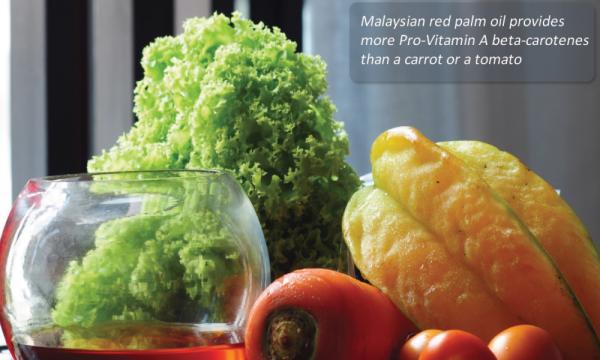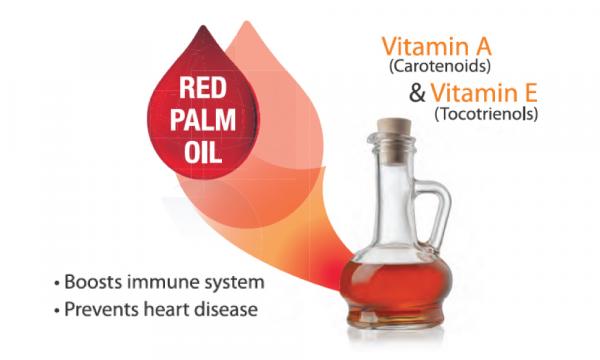Gales of laughter erupted in our parliament when Primary Industries Minister Teresa Kok attributed her youthful looks to “a spoonful of red palm oil each day”. This popped up during the “Question Time” session when Tebrau MP Steven Choong Shiau Yoon from PH was keen to know more about the health benefits of palm oil.
"You will be given a free bottle of red palm oil, so that all of you can look as youthful like the Prime Minister, the Deputy Speaker (Datuk Mohd Rashid Hasnon) and I," she seized on the opportunity, sharing the great benefits of our very own palm oil while inviting lawmakers to visit a palm oil exhibition held at the Parliament lobby.
Barely a month ago, the similar palm oil inspired youth secret remarks put her on a pedestal, for the whimsical reasons, as she was mocked by netizens from all walks of life.
Well, Kok is certainly aware of her becoming an object of ridicule among her skeptics including opposition politicians, industry experts and even the media. She just appeared to be unperturbed, nevertheless.
What is more upsetting is the fact that Malaysian palm oil has yet to earn the respect and recognition it deserves in the first place. The bigger picture behind her diligence is the sustainability of Malaysia’s oil palm industry.
Oil palm is indisputably the most important crop to Malaysia, contributing 46.6% to the GDP of our agriculture sector in 2018, not to mention with the livelihood of some 650,000 smallholders at stake.
Many studies have affirmed the health benefits of palm oil, both as an important energy source and balanced oil, in addition to other health properties.
All of palm oil's calories come from a balanced composition of saturated (50%) and unsaturated (50%) fats Palmitic acid, oleic acid, linoleic acid and stearic acid are among the natural fatty acids found in palm oil.
Palm oil also contains other components: carotenoids, vitamin E (tocopherols and tocotrienols), sterols, phospholipids, glycolipids, terpenic and aliphatic hydrocarbons. The two most important are carotenoids and vitamin E.
Interestingly, the studies of palm oil carotenoids are not something new. Nearly eight decades ago, a biochemical journal dating back to 1941 published such findings to shed more light on the biological and nutritional composition of this tropical fruit. It has undoubtedly become a favourite study subject for the academic and research fraternity ever since.
No matter how many studies it has gone through, one thing for sure, the reddish-orange palm oil boasts a high content of carotenoids, the same nutrients that give carrots, tomatoes and other fruits and vegetables their orange and red colours.
These natural carotenoids (mainly alpha- and beta-carotene) are readily available source of pro-vitamin A, yielding 15 times more beta-carotene than carrots. Thus, red palm oil is considered the richest source of natural mixed-carotenes in nature.
Studies have shown the potential efficacy of red palm oil in combating vitamin A deficiency in children and pregnant women. Other health benefits include improvement of ocular complications; cardioprotective effects in ischemic heart disease; antiatherogenic, antihemorrhagic, antihypertensive, and anticancer properties; support of normal reproduction for both males and females; improved management of diabetes and chemotherapy; improved management of hypobaric conditions; and protection against infection.
“A spoonful of red palm oil each day” may not echo well among some people, but the raw scientific facts speak louder. To Kok, the minister in charge of this critical commodity, it’s the lack of knowledge of this “fruit of life” that warrants more shout-out, one way or another.
The message behind, as Kok rightly quipped: “It’s the common sense of instilling national pride and greater appreciation for Malaysian palm oil amid world discrimination,” while reminding us of the 20 types of beta-carotene and antioxidant properties of palm oil.



